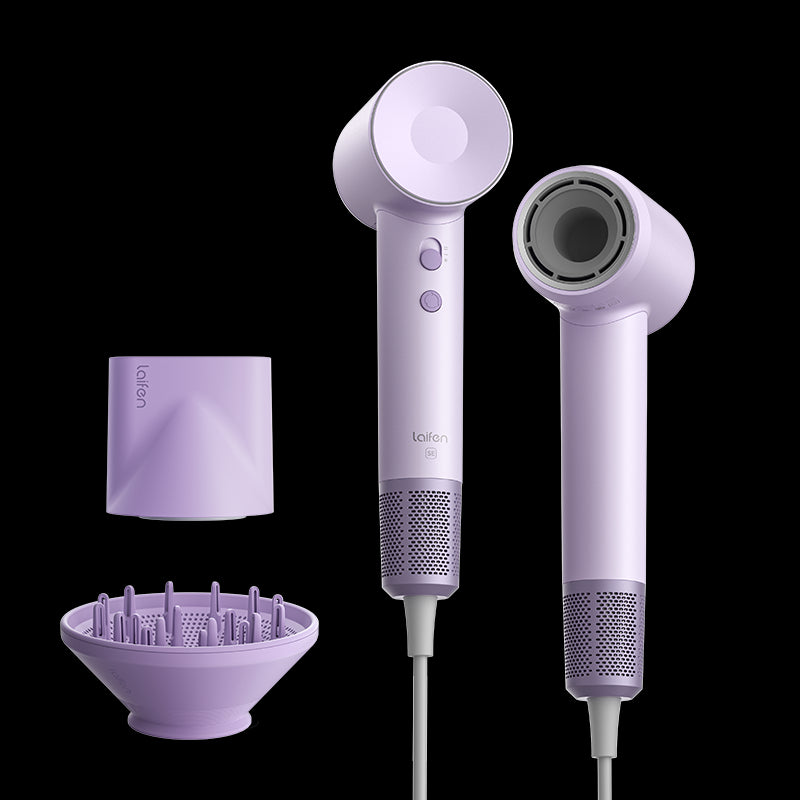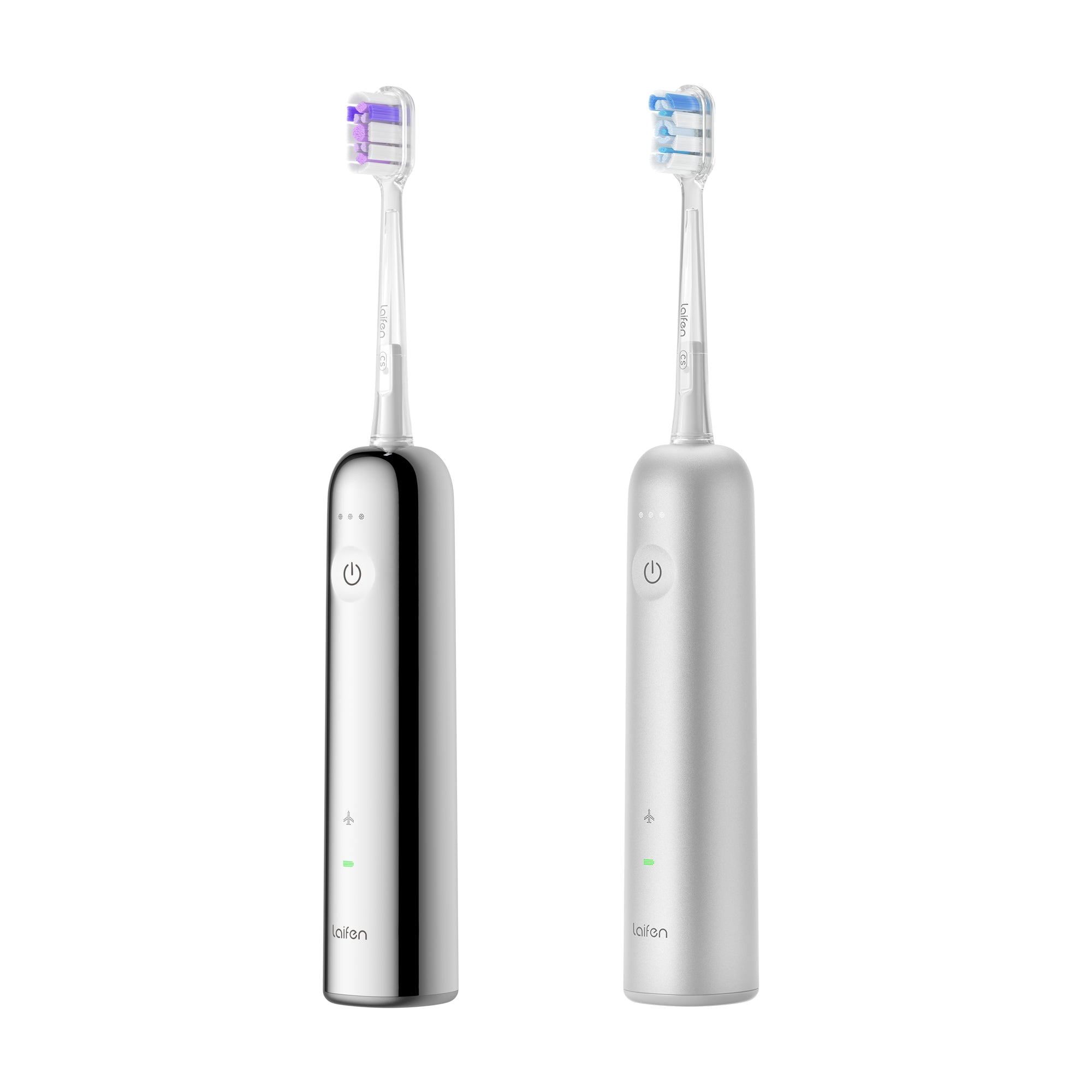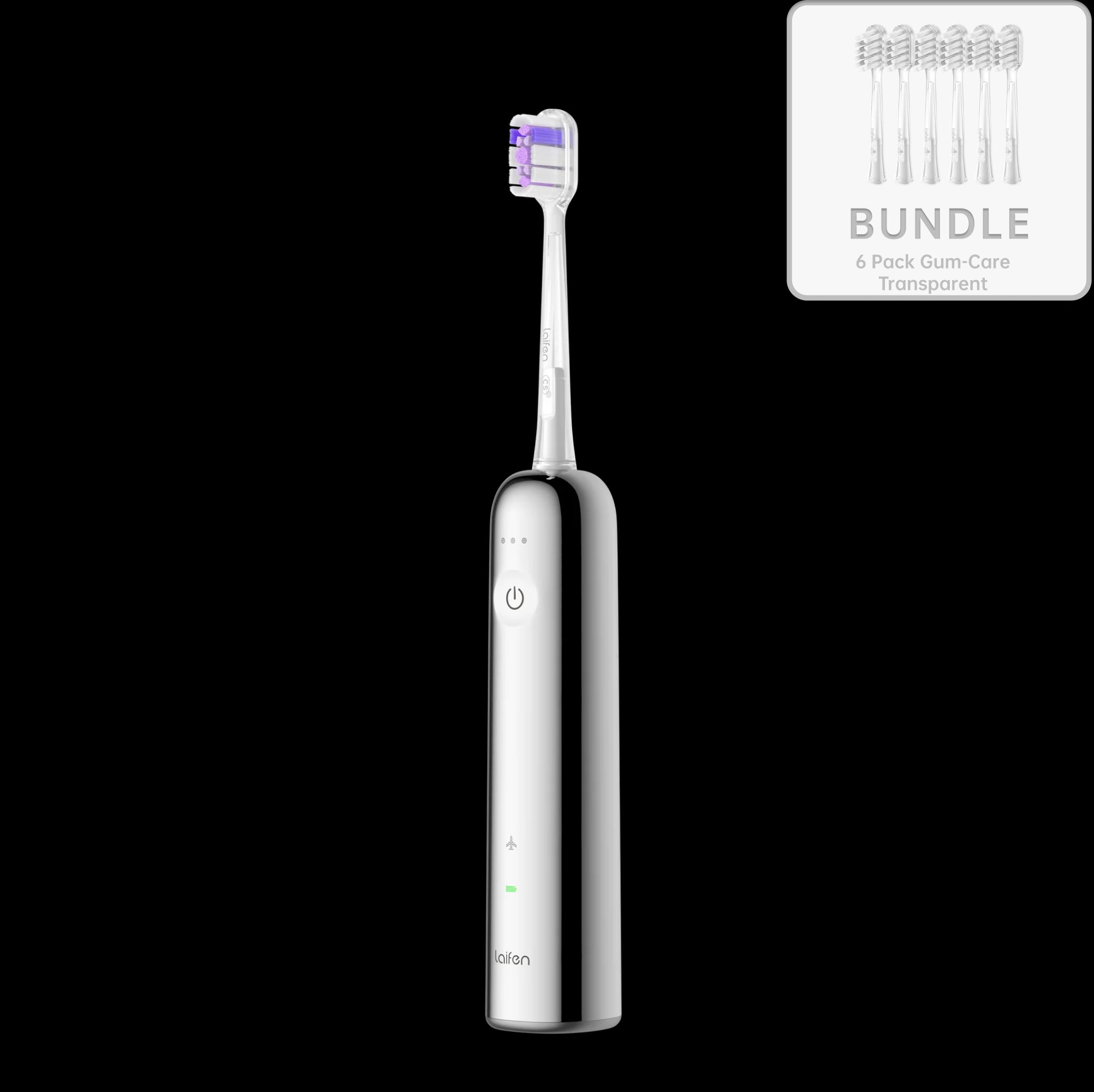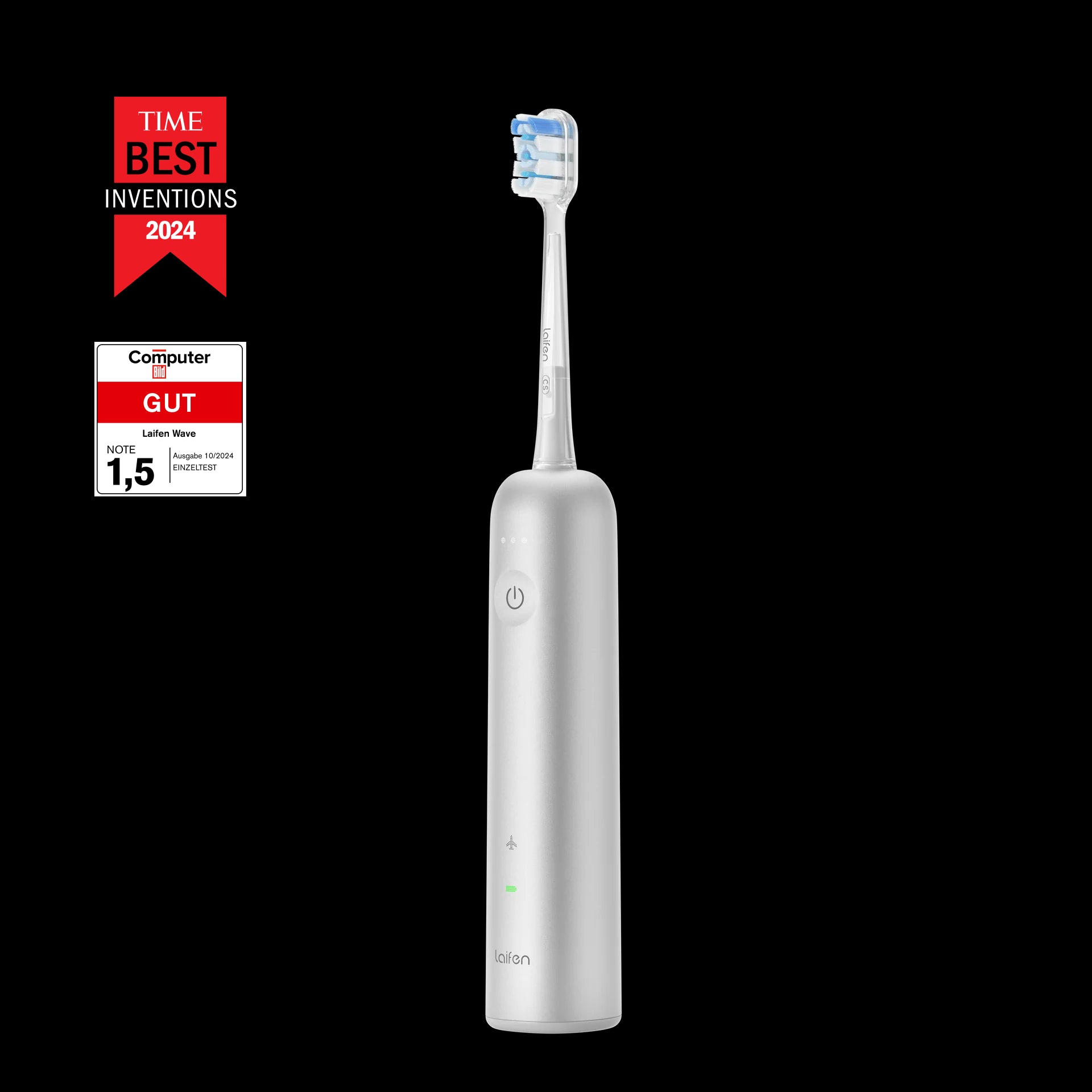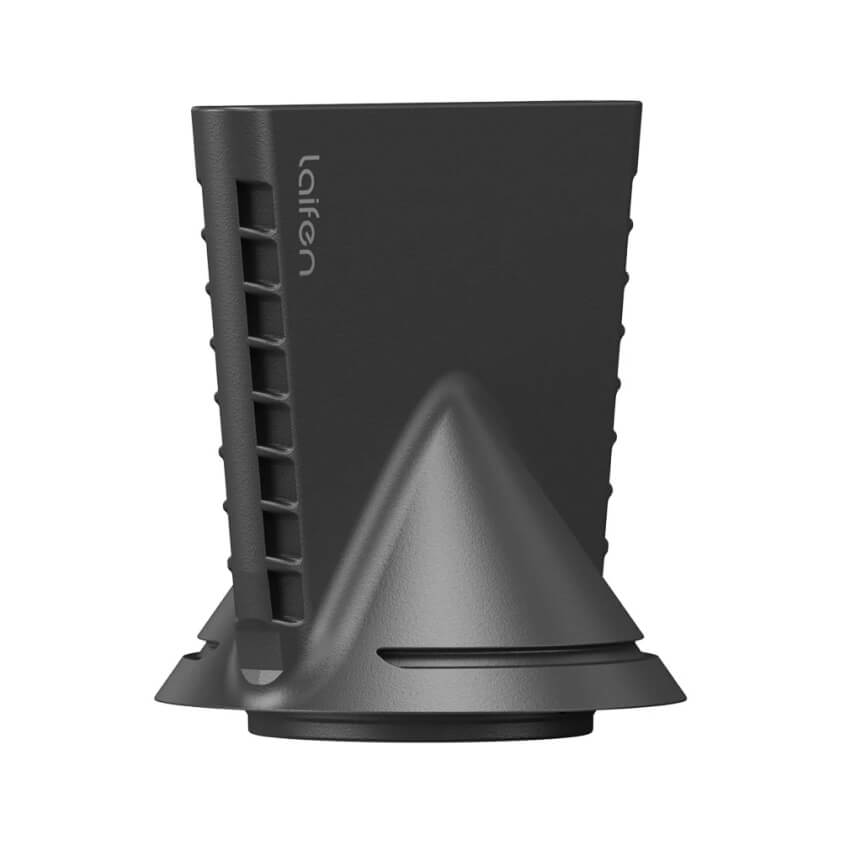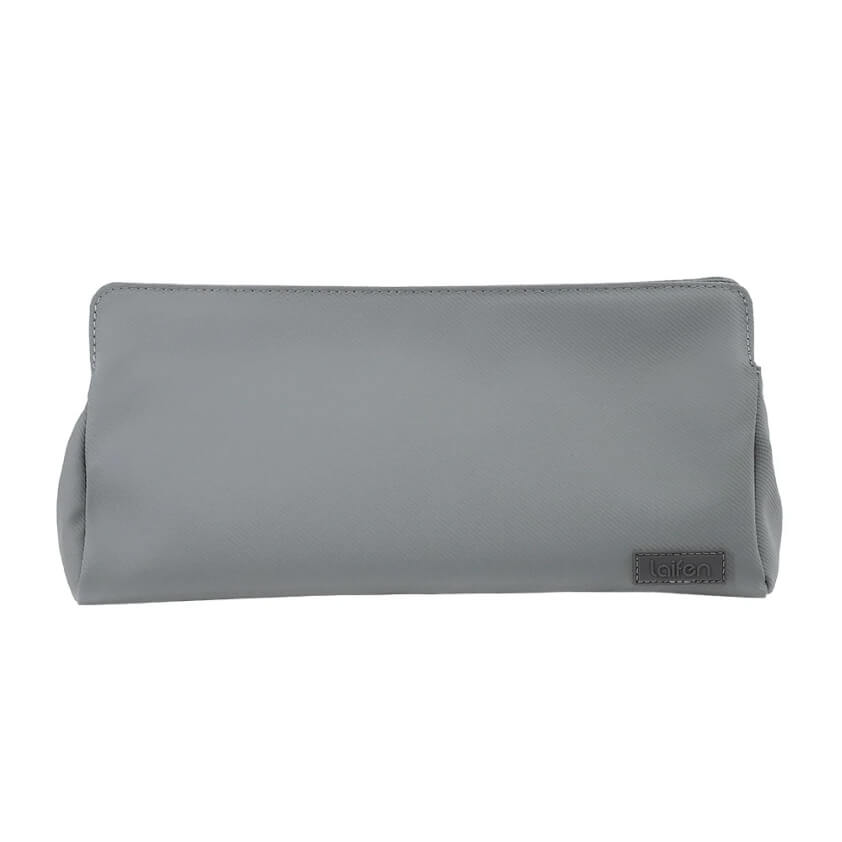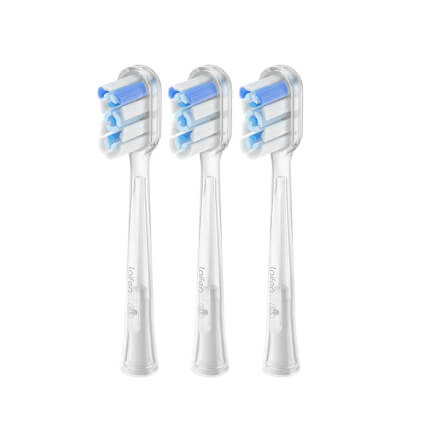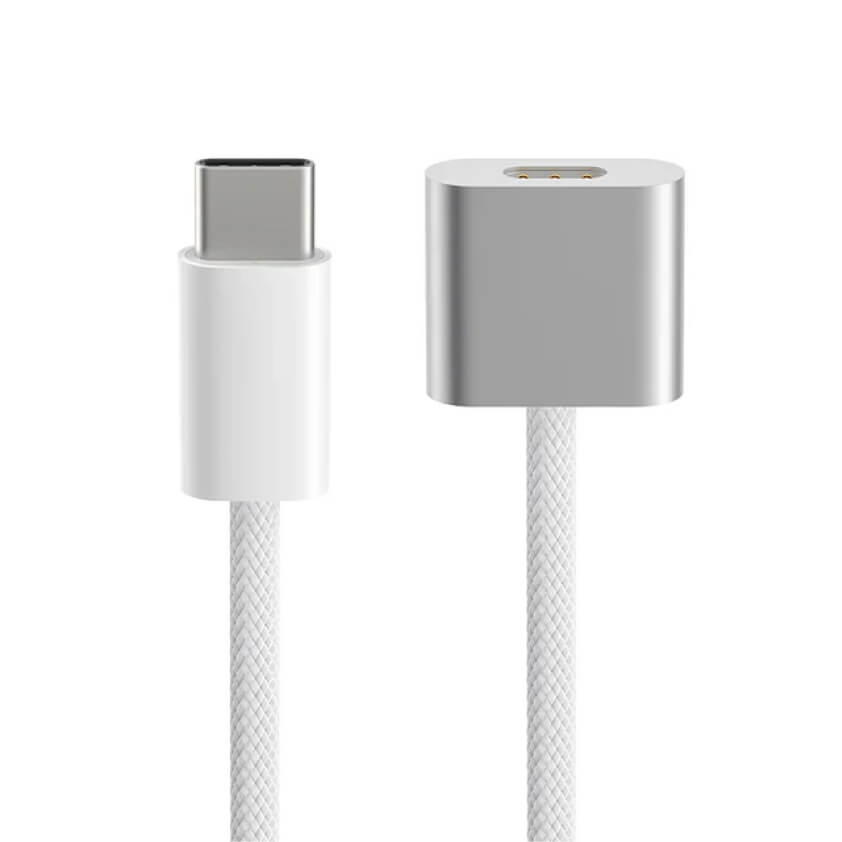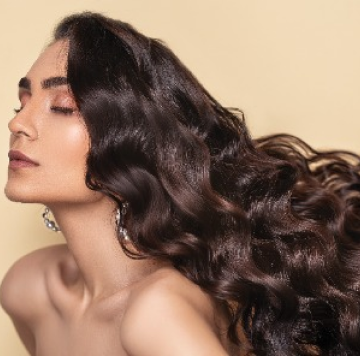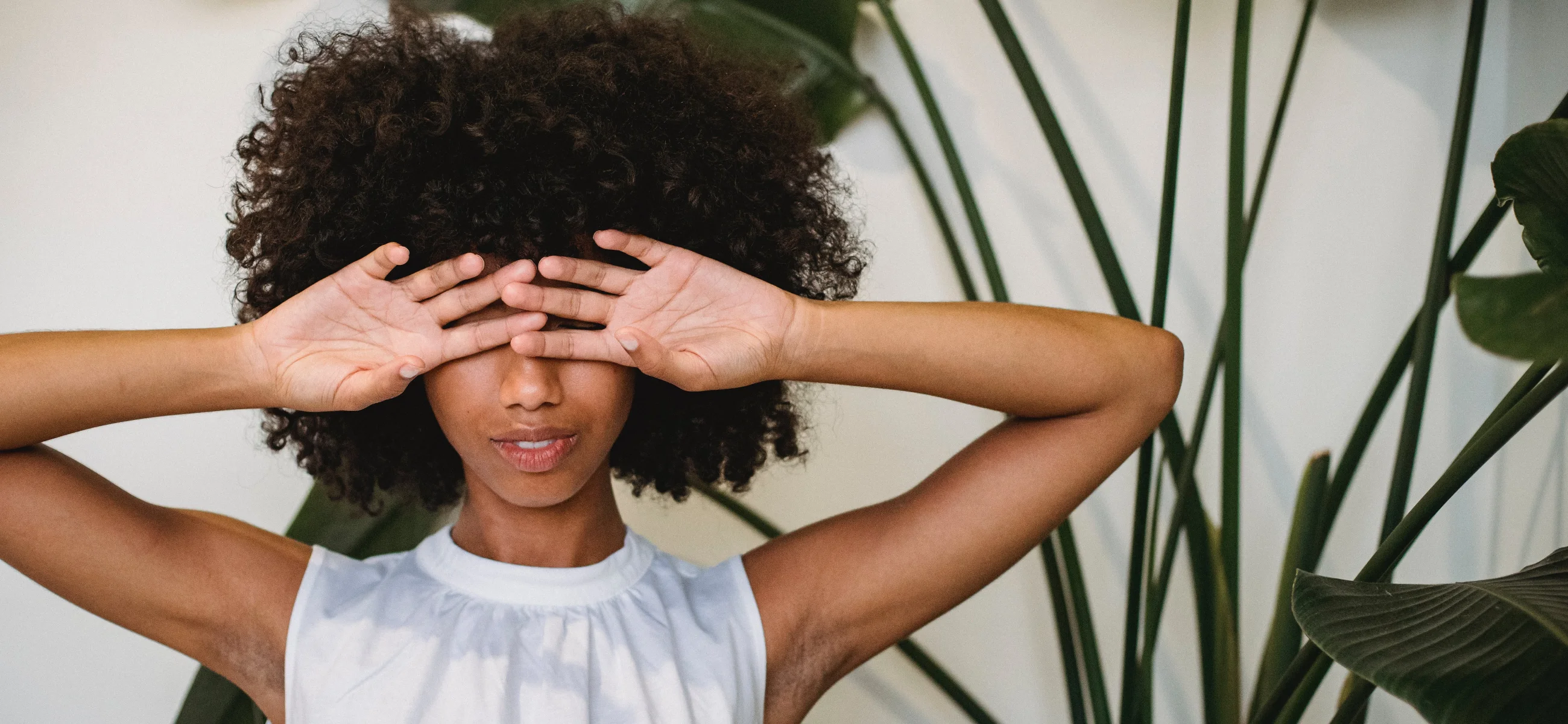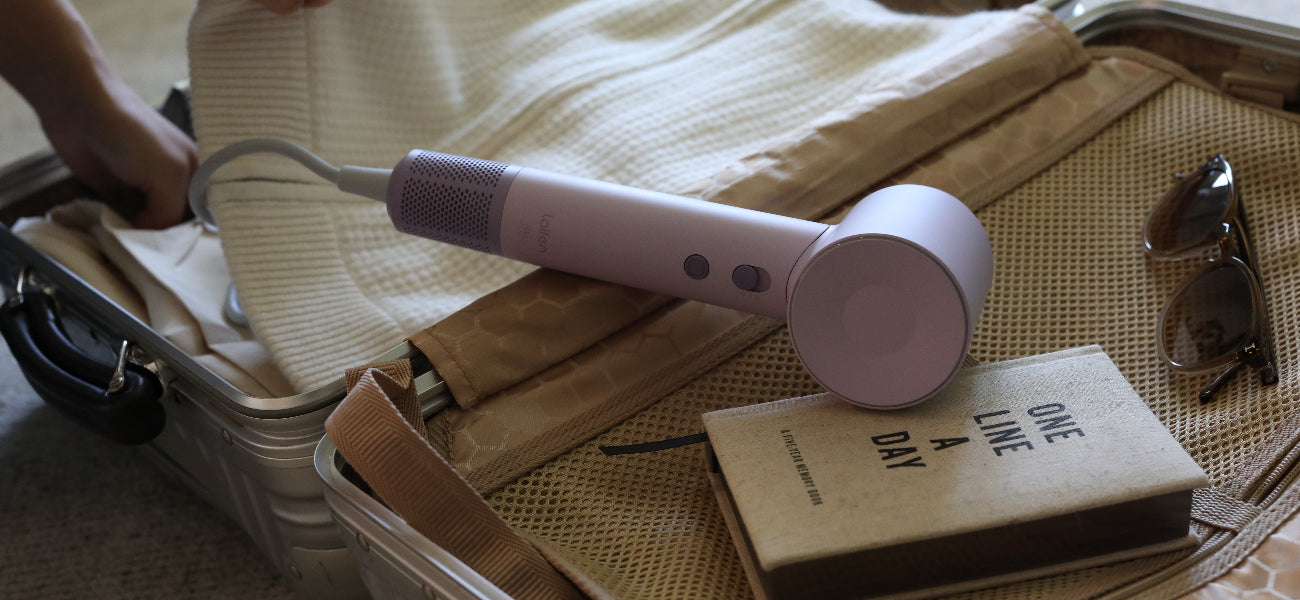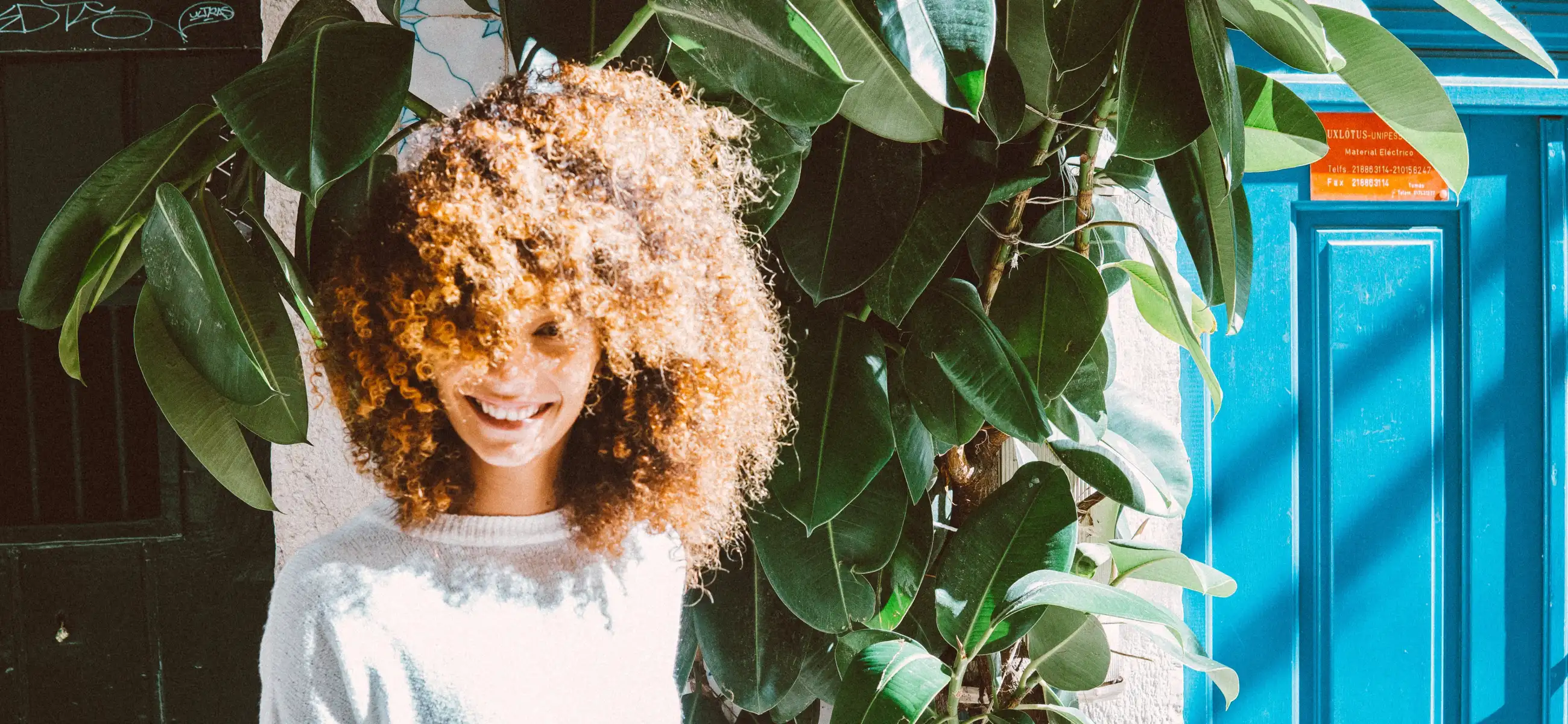
In this article
Coily hair is a crown of natural beauty that deserves to be celebrated. In this guide, we will thoroughly explore the various types of coily hair and provide insight into the best products to cater to its unique needs. Whether you're already proud of your coily hair or seeking to learn more about this stunning texture, you've come to the right place. Keep reading to discover everything there is to know about coily hair!
What is coily hair?
Coily hair is a hair type that naturally has tight, spiral-shaped curls, different from straight hair and wavy hair to some extent. It is often referred to as 4c in the Andre Walker hair typing system that we've covered before. Coily hair is versatile and can be styled in different ways, which makes it unique and striking. To take care of coily hair and style it effectively, it is important to understand its characteristics.
Coily hair comes in different types, each with its own characteristics and care requirements. The 4c hair type is the most common coily hair type and is characterized by tight, small curls that may appear densely packed. Other coily hair types may have slightly looser curls, but the overall pattern remains coily. Identifying your specific coily hair type is the first step toward embracing and enhancing your natural beauty.
Pros and cons of coily hair
Like any hair type, coily hair has its own set of advantages and challenges. Understanding these can help you better care for and appreciate your coily locks.
Pros:
1. Versatility: It's incredibly versatile, allowing for a wide range of styling options, from afros to twists and braids.
2. Natural Volume: It often boasts natural volume, creating a bold and beautiful look.
3. Texture: The unique texture of coily hair can be a statement of individuality and pride.
Cons:
1. Tangling: It can be prone to tangling, requiring careful detangling to prevent breakage.
2. Dryness: Coily hair may be more susceptible to dryness, requiring consistent moisturization.
3. Shrinkage: Has a tendency to shrink, which can make it challenging to showcase its true length.
Coily vs. curly hair: What's the difference?
While both coily and curly hair types fall under the natural hair category, they have distinct characteristics that set them apart.
Coily hair:
Tight, small curls (4c hair type).
Appears densely packed.
Versatile styling options, including afros, twists, and braids.
Curly hair:
Larger, looser curls.
May include wavy patterns.
Styling options include curls, waves, and loose twists.
5 best coily hair products you'll need
Taking care of coily hair involves using products that cater to its unique needs. Here are some essential coily hair products to include in your hair care routine:
1. Moisturizing shampoo: Choose sulfate-free, moisturizing shampoos to cleanse your hair without stripping it of natural oils.
2. Deep conditioner: Treat your coily hair to a nourishing deep conditioner regularly to maintain hydration and promote elasticity.
3. Leave-in conditioner: Keep your hair moisturized between washes with a quality leave-in conditioner.
4. Curl enhancing cream: Define and enhance your coils with a curl-enhancing cream that provides hold and minimizes frizz.
5. Oil treatment: Use natural oils, such as argan or jojoba oil, to seal in moisture and add shine to your coily hair.
Embrace and love your hair type
Embracing your coily hair is a journey of self-discovery and self-love. Understanding its unique characteristics, pros, and cons, and using the right products will empower you to showcase the natural beauty of your coily locks. Whether you're already flaunting your coily hair or considering transitioning to your natural texture, celebrate the versatility and uniqueness that coily hair brings to the world of natural beauty.
Coily hair FAQs
Welcome to the Coily Hair FAQs! Explore the art of drawing coily locks, understand the genetics behind coily hair in individuals of African descent, discover styling techniques, popular styles for men, and delve into the realm of Brite Coily Hair Bleach. Uncover the secrets to vibrant, coily beauty!
Q1. How to draw coily hair?
Drawing coily hair involves creating tight, spiral-like shapes. Start by outlining the overall shape, then add smaller curls within. Use shading and highlights to capture the texture and depth of coily hair.
Q2: Why do black people have coily hair?
Coily hair is a natural genetic trait found in many individuals of African descent. The unique structure of coily hair provides protection against the intense sunlight in the regions where these populations historically originated.
Q3: How to get coily hair?
Achieving coily hair often involves styling techniques such as twist-outs, braid-outs, or using coiling tools. Additionally, chemical processes like texturizing or natural hair treatments can be used to enhance the coily pattern.
Q4: What are the popular coily hair styles for men?
Popular coily hair styles for men include the afro, sponge curls, twist-outs, and fades that accentuate the natural coily texture. These styles showcase the versatility and uniqueness of coily hair.
Q5: What is Brite Coily Hair Bleach?
Brite Coily Hair Bleach is not a widely known product. It could be a specific brand or a term used for a hair bleaching product designed for coily hair. Always refer to product labels and instructions for accurate information on any hair bleach product.


